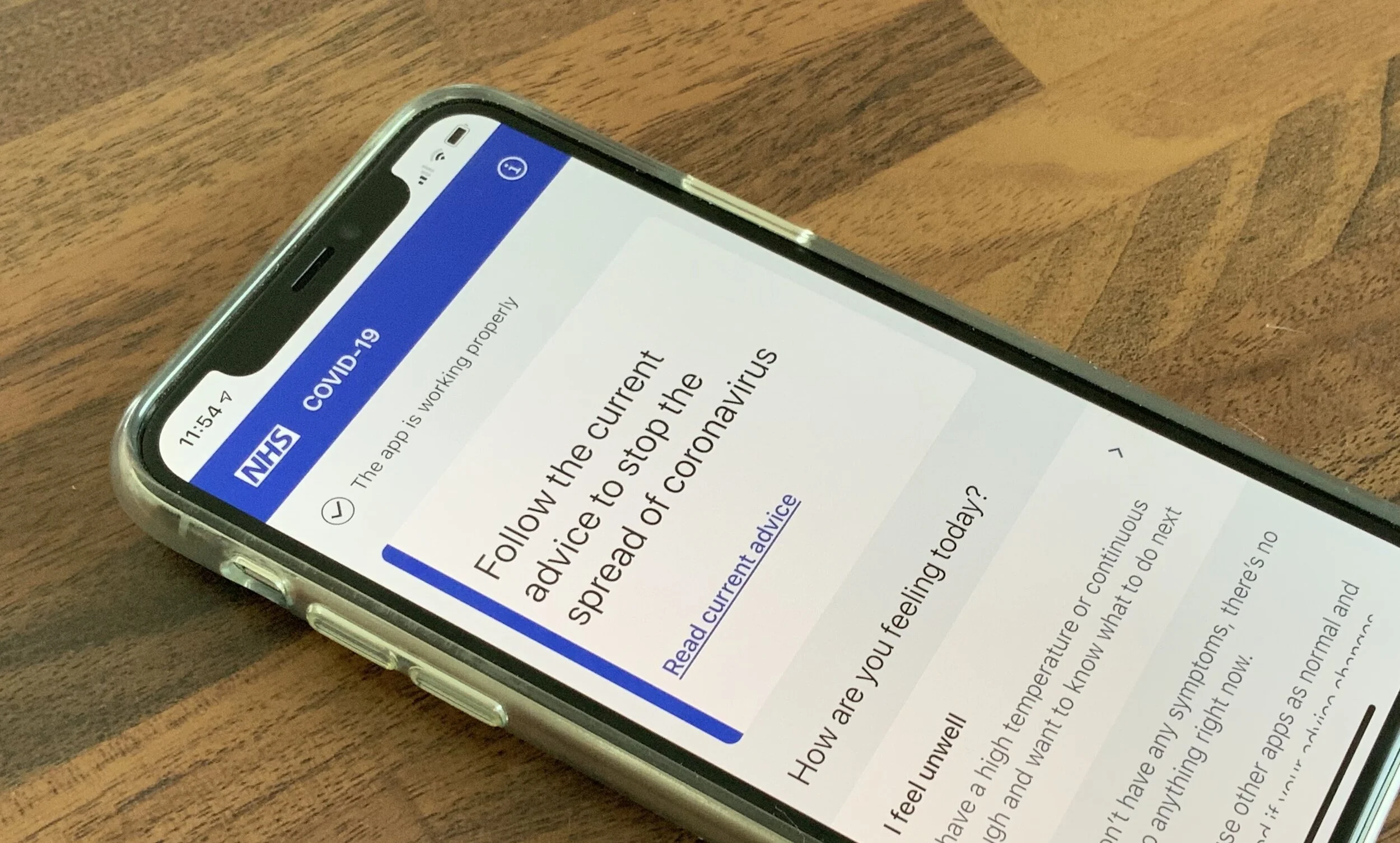At NRB Tech, we sometimes use C or C++ libraries across multiple platforms, i.e. in the firmware, apps, and even on the server. This code sharing enables a solid foundation to be built which is well unit tested and works the same everywhere. It is very useful for data processing – encoding and decoding binary data formats for data transmission over Bluetooth, and cryptography – encrypting and decrypting data transmitted between devices.
However, this approach can cause issues. C is notorious for its unsafe memory management, which allows great flexibility, but can lead to memory corruption, data loss, data leakage, and crashes. Using best practices and unit testing code can mitigate some risk, but bugs can still occur, and debugging these issues can be tricky.
When developing for Android, Google have a number of tools available to help debug memory issues in NDK (Native Development Kit) C/C++ code. The approach recommended by Google is to use ASan, however the ASan documentation is currently (March ‘22, Android Studio 2021.1.1, Gradle 7, APIs 27+) missing crucial information to enable developers to debug these issues. In this article, we will provide a step-by-step guide to debug a memory issue. We have also create a working example project on GitHub.
From a stock Android project with CMake:
To start your App with the address sanitizer library, your App needs to be run with a wrapper script. This is a script that is run on your test device and starts the application, modifying the environment variables and/or command arguments. As such, this script needs to be copied into your App at build time. Additionally, we need to copy the ASan libraries out of the NDK and into our project so they are copied into your App when building. Both of these steps need to be done for 4 CPU architectures, so can be laborious. Instead of doing this by hand, we can use a script to set this up. Run this from the root of your project, modifying the NDK version if required.
#!/bin/bash cd "$(dirname "$0")" # This script sets up the required directories in app/src/sanitize. It can be run again if you change the ndk version. ndkversion="24.0.8215888" # store wrap.sh to variable read -r -d '' script <<'EOT' #!/system/bin/sh HERE=$(cd "$(dirname "$0")" && pwd) cmd=$1 shift export ASAN_OPTIONS=log_to_syslog=false,allow_user_segv_handler=1 ASAN_LIB=$(ls "$HERE"/libclang_rt.asan-*-android.so) if [ -f "$HERE/libc++_shared.so" ]; then # Workaround for https://github.com/android-ndk/ndk/issues/988. export LD_PRELOAD="$ASAN_LIB $HERE/libc++_shared.so" else export LD_PRELOAD="$ASAN_LIB" fi os_version=$(getprop ro.build.version.sdk) if [ "$os_version" -eq "27" ]; then cmd="$cmd -Xrunjdwp:transport=dt_android_adb,suspend=n,server=y -Xcompiler-option --debuggable $@" elif [ "$os_version" -eq "28" ]; then cmd="$cmd -XjdwpProvider:adbconnection -XjdwpOptions:suspend=n,server=y -Xcompiler-option --debuggable $@" else cmd="$cmd -XjdwpProvider:adbconnection -XjdwpOptions:suspend=n,server=y $@" fi exec $cmd EOT # loop through all architectures and write/copy the required files archs=( "arm64-v8a" "armeabi-v7a" "x86" "x86_64" ) asanarchs=( "aarch64" "arm" "i686" "x86_64" ) for i in "${!archs[@]}"; do mkdir -p app/src/sanitize/{jniLibs,resources/lib}/${archs[$i]} cp $ANDROID_HOME/ndk/$ndkversion/toolchains/llvm/prebuilt/*/lib64/clang/*/lib/linux/libclang_rt.asan-${asanarchs[$i]}-android.so app/src/sanitize/jniLibs/${archs[$i]}/ echo "$script" > app/src/sanitize/resources/lib/${archs[$i]}/wrap.sh done- In your
CMakeLists.txt, add the following (replacing${TARGET}as required with the name of your target):if(SANITIZE) target_compile_options(${TARGET} PUBLIC -fsanitize=address -fno-omit-frame-pointer) set_target_properties(${TARGET} PROPERTIES LINK_FLAGS -fsanitize=address) endif() - In your app's
build.gradle, to yourandroid.buildTypesclosure, add:sanitize { initWith debug externalNativeBuild { cmake { arguments "-DANDROID_STL=c++_shared", "-DSANITIZE=TRUE" } } } - Sync Gradle and switch your active variant to "sanitize" in the "Build Variants" tab (bottom left)
Debug your App and reproduce the issue. You should see output from address sanitizer (filter by "wrap.sh"). In the stack traces you will see lines like:
#1 0x5e2cdaf76c (/data/app/~~lTqqcXu2okmchd_nMeTm7w==/io.nrbtech.asanexample-spc73OiysYUjJ2984-N4kw==/lib/arm64/libasanexample.so+0x76c)Where
libasanexample.sois the name of the compiled C library and0x76crepresents the offset into the library the stack trace is pointing to.We need to convert that address offset to a file and line number to understand where the problem occurred. The following script uses
llvm-symbolizerin the NDK to do this.#!/bin/bash ndkversion="24.0.8215888" libname="asanexample" # change to your library name # default arch arch="arm64-v8a" POSITIONAL_ARGS=() if [ $# -eq 0 ]; then echo "Pass an address as the last argument, use -a to provide architecture" exit 0 fi while [[ $# -gt 0 ]]; do case $1 in -a|--arch) arch="$2" shift # past argument shift # past value ;; -*|--*) echo "Unknown option $1" exit 1 ;; *) POSITIONAL_ARGS+=("$1") # save positional arg shift # past argument ;; esac done if [ ${#POSITIONAL_ARGS[@]} -eq 0 ]; then echo "Pass an address as the last argument" exit 1 fi cd "$(dirname "$0")" $ANDROID_HOME/ndk/$ndkversion/toolchains/llvm/prebuilt/*/bin/llvm-symbolizer --obj=app/build/intermediates/cmake/sanitize/obj/$arch/lib$libname.so ${POSITIONAL_ARGS[0]}Copy this to the root of your project and modify for your C library name and NDK version. You can then run this script like so:
% ./symbolizer -a arm64-v8a 0x76c Java_io_nrbtech_asanexample_Test_test /Users/nick/Documents/Repos/ASanExample/app/src/main/cpp/test.c:7:5The output contains the path to the line of code pointed to by the stack trace, enabling you to find where the issue occurred and figure out the problem. In this case, it points to a line where we free'd a pointer twice.
- ASan can slow down your App, so be sure to switch back to the debug variant when you have resolved your issue.
Good luck resolving your own memory problems in Android Apps! If you need further help, feel free to reach out to NRB Tech!























